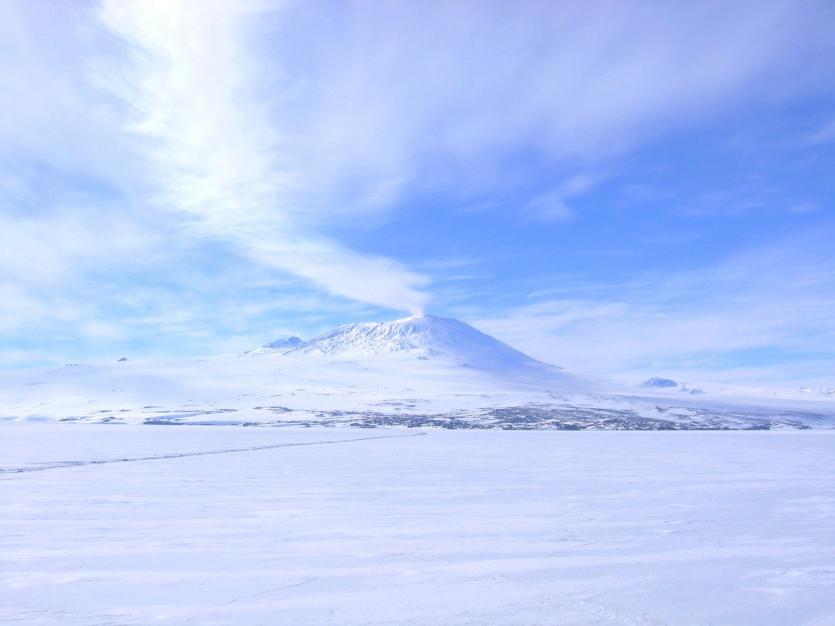Mt. Erebus Antarctica. Photo by John Boyer from FreeImages
By Patryk Krych | The World Daily | OCTOBER 10th 2021
Over the course of the last six months, Antarctica has had among its coldest temperatures on record documented, in a year of otherwise extreme heat, wildfires, and high temperatures felt across the rest of the world.
According to data gathered by the National Snow and Ice Data Centre (NSIDC) in a new report, the temperatures in Antarctica 6.1 degrees Celsius lower than the previous 1981 to 2010 average across June, July and August. The temperatures were documented at -81.2 degrees.
The continent’s lowest temperature on record had been noted at Vostok station in 1983, when it got as low as -89.6 degrees Celsius. The last six months came very close to that record, having gone through a dark period.
“For the polar darkness period, from April through September, the average temperature was -60.9 degrees Celsius (-77.6 degrees Fahrenheit), a record for those months,” said NSIDC.
During a dark period, sometimes called the polar darkness, the sun sets around the time of the Spring equinox and doesn’t rise again for half a year, until the arrival of the Autumn equinox. The lack of sunlight over a prolonged period of time often leads to lower and lower temperatures, often making for particularly lethal conditions.
“The unusual cold was attributed to two extended periods of stronger-than-average encircling winds around the continent, which tend to isolate the ice sheet from warmer conditions,” explained the NSIDC.
They added that: “A strong upper-atmosphere polar vortex was observed as well, leading to a significant ozone hole. The ozone hole appears to have peaked as of this post, with initial measurements reporting that it is in the upper quartile (top 25 percent) of ozone reduction events since 1979.”
According to the National Science Foundation (NSF), which is in charge of running the US Antarctic program, these extremely low temperatures had a very small impact overall on the South Pole’s scientific support. The environments had still become rather challenging over that period of time, however.






